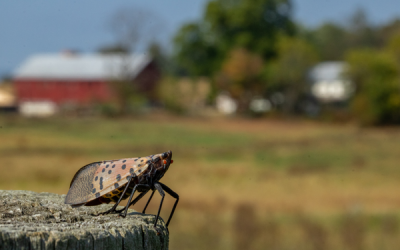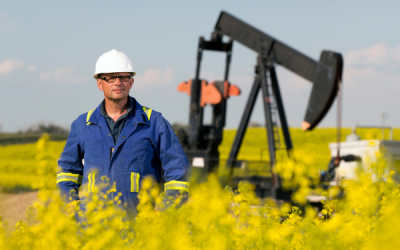Fun fact: Did you know the U.S. is one of the top producers of aquatic and marine foods worldwide? Now you do. The real kicker: it’s also the second largest seafood importer.
Are we really eating that much seafood? We’re importing like it’s going out of style: aka 80-90% of seafood products consumed by Americans are brought in from overseas. However, our friends over at the University of Maine have crunched a lot of numbers and have come to the conclusion that the U.S. could actually achieve seafood independence. In other words, we could entirely meet all our seafood needs through our own production.
What would that look like? For that to happen, our friends from Maine reported in their study (published in the academic journal Ocean Sustainability) that consumer trends would have to shift. There would also have to be some investments in infrastructure and continued adaptation to climate change.
What would seafood independence mean? It would give the U.S. increased food security, as national seafood consumption has increased in the past century. The golden child of this movement? Alaska—home to two-thirds of the nation’s seafood harvest annually for the past three decades.
Soundbite: “There is a tendency to forget that seafood is an integral part of the nation’s food system, but achieving greater seafood independence can improve equity, health, and buffers from climate change.” — Joshua Stoll, UMaine associate professor of marine policy and study co-author
Indy and the Fruit of the Sea
There’s pineapple shrimp, coconut shrimp, lemon shrimp, pepper shrimp… and now Midwestern shrimp?...
Lantern Flies Illuminate Agriculture Risk
The first leaves of fall haven’t yet taken over the sweet memories of summertime. The smoke from...
Farm Households Depend on Non-Farm Income
It’s no surprise that the vast majority of farm households rely on off-farm income sources—but the...




